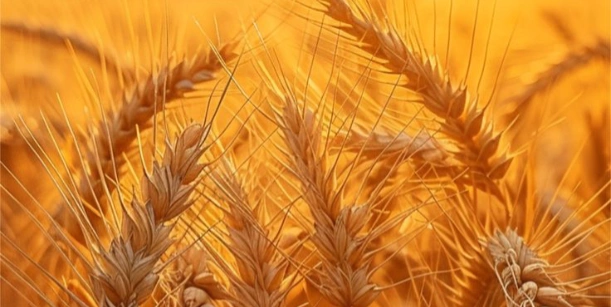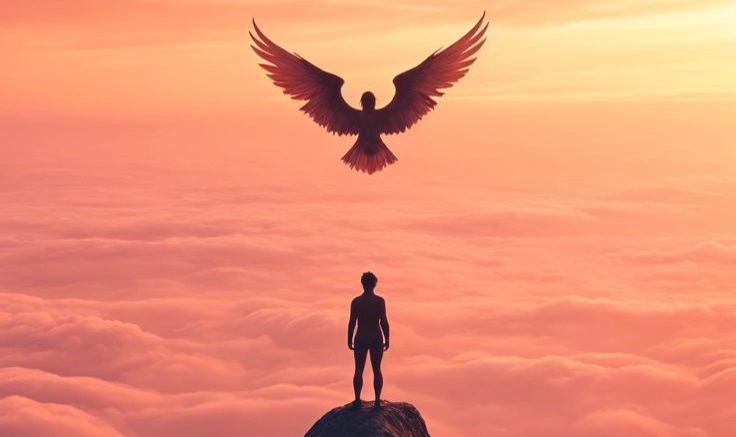Those Who Live Beside Us, Unseen
They are with us every day — we’ve just forgotten how to see them.
A pigeon on the balcony. A cat curled up near the entrance. A squirrel darting across the path. A fox standing still at the edge of a city street. They breathe the same air. They feel the same wind. They look at the same moon. Yet they exist in a parallel world — always close, but barely noticed.
We expand. We build. We rush. And with each step forward, animals are quietly pushed aside. They lose their homes, their food, their safety. They don’t speak our language, but they still feel pain. Fear. Displacement. They are not aggressive — they are adapting. Because there is no other choice.

The world has grown hostile to the wild. The ones who survive don’t come closer because they want to — they come because there’s nowhere else left. A hedgehog in a trash can. A deer in headlights. A bear near a fence. These are not “incidents.” These are silent cries for space, for air, for understanding.
We often imagine that protecting animals is about saving tigers, or banning ivory, or traveling to some remote rainforest. But protection begins here — in the ordinary. In choosing not to cut the first blooming flower that feeds a bee. In leaving a quiet corner of the park untouched. In simply paying attention.

Especially now, in summer, the world is alive with unseen life. That patch of grass? Home to hundreds. That puddle? A source of water for someone tiny and thirsty. That bush? Shelter from the heat or a watchful hawk above.
And yes — we can make a difference. We can feed. Rescue. Support. Plant. But perhaps the most powerful act is to notice.To pause. To look beyond ourselves.Because until we learn to see those who are smaller, quieter, more vulnerable — we may never fully understand what it means to be truly human.
Animals don’t ask for much.A little space. A little safety. A little kindness.
And it starts with us.
Close